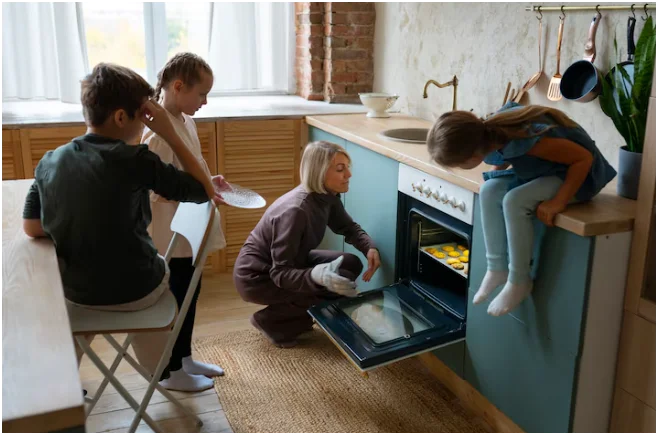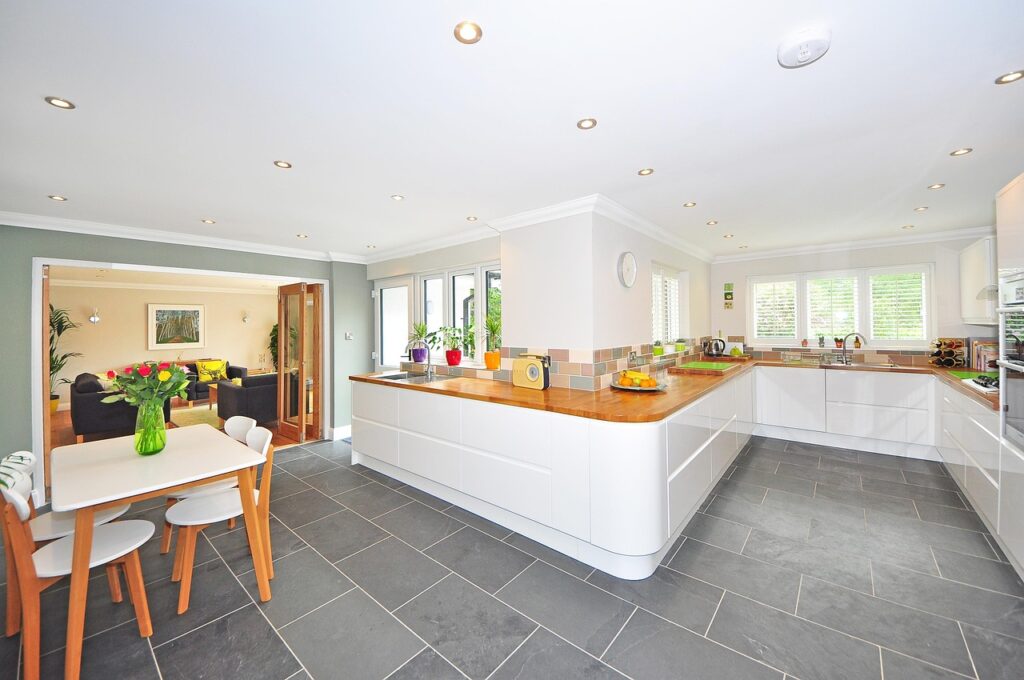Can You Use Wall Tiles on a Bathroom Floor? What Experts Say

Designing a bathroom involves balancing aesthetics with functionality — and tiles play a major role in achieving that harmony. A common question homeowners and renovators ask is: Can wall tiles be used on the bathroom floor? The short answer is no — at least, not always. While wall tiles can look stunning, they aren’t typically designed to withstand the same stress, friction, and moisture exposure as floor tiles. However, with the right knowledge and expert insight, you can make informed decisions that enhance both beauty and safety in your bathroom space.
1. Understanding the Core Difference Between Wall and Floor Tiles
Although wall and floor tiles often look similar, they’re manufactured for entirely different purposes. The primary distinction lies in durability, texture, and thickness.
- Floor Tiles are engineered to resist heavy foot traffic, wear, and moisture. They have a higher PEI (Porcelain Enamel Institute) rating and are slip-resistant.
- Wall Tiles, on the other hand, are lighter and more decorative. They’re easier to cut and install vertically but not meant for the pressure and friction of flooring use.
In simple terms, floor tiles can be used on walls, but wall tiles should not be used on floors unless they meet specific standards.
2. Expert Insight: Why Wall Tiles Don’t Perform Well on Floors
Tile specialists and interior designers unanimously agree that using wall tiles on the floor can compromise safety and longevity. The reasons include:
- Low Slip Resistance: Most wall tiles have smooth, glossy finishes, increasing the risk of slipping — especially in wet environments like bathrooms.
- Insufficient Strength: Wall tiles have a thinner structure, making them prone to cracking or chipping under pressure.
- Limited Moisture Tolerance: Floors are exposed to standing water more frequently than walls. Wall tiles may absorb moisture and deteriorate faster.
Experts recommend that homeowners always check the COF (Coefficient of Friction) and PEI rating before deciding. Tiles rated PEI 3 or higher and with a COF above 0.42 are generally safe for bathroom floors.
3. The Safe Middle Ground: When Wall Tiles Can Work on Floors
There are a few exceptions where wall tiles may work on the floor — but only under certain conditions:
- Low-Traffic Areas: A powder room or guest bath with minimal use might safely accommodate certain wall tiles.
- Dual-Purpose Tiles: Some manufacturers design tiles labeled for both wall and floor use — always check packaging or product specifications.
- Professional Installation: Expert installers can apply specialized adhesives and grout to improve durability and water resistance.
For a more practical approach, consider exploring modern options for tile for the bathroom that are both stylish and built for longevity. Many contemporary tiles mimic luxurious wall textures but meet the durability standards of flooring applications.
4. Factors to Consider Before Installing Wall Tiles on the Floor
Before making your final decision, evaluate these critical factors:
- Slip Resistance Rating: Opt for tiles with matte or textured finishes.
- Load Capacity: Ensure tiles can handle the average weight and movement in the space.
- Water Absorption Rate: Porcelain tiles are less porous and more suitable than ceramic wall tiles.
- Maintenance Needs: High-gloss tiles may show water spots and scratches more easily.
- Manufacturer Warranty: Check if your intended use voids any warranty terms.
Remember, aesthetics should never outweigh functionality — particularly in spaces exposed to water and movement.
5. Expert-Recommended Alternatives for Stylish Bathroom Floors
If you love the look of wall tiles but want a safer solution, several alternatives can achieve the same visual effect:
- Porcelain Floor Tiles: Highly durable, available in both matte and gloss finishes.
- Natural Stone Tiles: Ideal for a spa-like ambiance; ensure they’re sealed properly.
- Vinyl or SPC Tiles: Waterproof and mimic the texture of wall tiles affordably.
- Textured Ceramic Tiles: Designed to offer both elegance and slip resistance.
To ensure you make an informed selection, it’s crucial to have an understanding of different types of tile — including how their material composition and finish impact long-term performance in wet environments.
6. Maintenance and Longevity: What to Expect
Even if you opt for suitable floor-rated tiles, proper maintenance ensures lasting results. Here’s what experts recommend:
- Clean tiles regularly with non-acidic, pH-balanced solutions.
- Reseal grout lines annually to prevent moisture infiltration.
- Avoid abrasive brushes that can dull finishes over time.
- Ensure proper ventilation to reduce humidity buildup.
Good maintenance isn’t just about cleanliness — it’s about preserving tile integrity and preventing costly repairs.
Final Verdict
While wall tiles may tempt you with their sleek designs and elegant appeal, experts strongly discourage using them on bathroom floors unless they’re explicitly rated for dual use. A bathroom’s floor must balance safety, durability, and beauty — all of which depend on choosing the right tile.
For the perfect blend of performance and style, always opt for tiles engineered for flooring applications and consult professionals before installation. After all, a safe and long-lasting bathroom starts with a well-informed choice.

Maximizing Guest Satisfaction Through Professional Vacation Rental Cleaning

A Complete Guide to Dumpster Rental: Efficient Waste Management for Projects of Every Size

Comprehensive Strategies and Best Practices for Fire Mitigation to Protect Lives, Property, and the Environment in Modern Residential and Commercial Settings

Onsite Tire Change in Ottawa : Safe Fast & Professional Tire Services

Accelerating drug discovery through the DEL-ML-CS approach

Can You Use Wall Tiles on a Bathroom Floor? What Experts Say

Why Smart Homeowners Are Choosing DIY Wood Stove Installations Over Expensive Contractors

Noise Reduction and Comfort Through Quality Window Replacements








